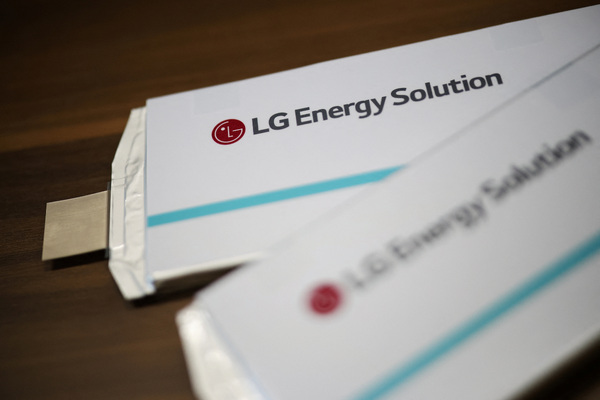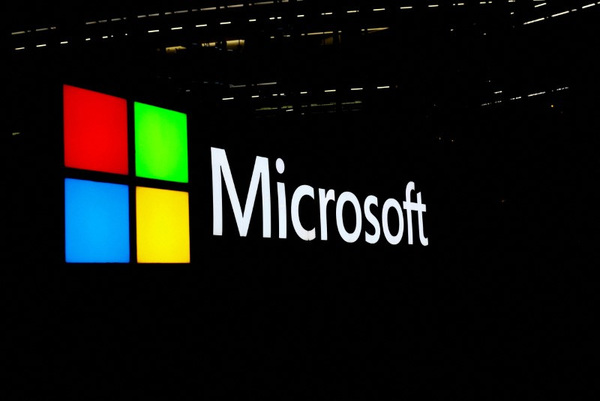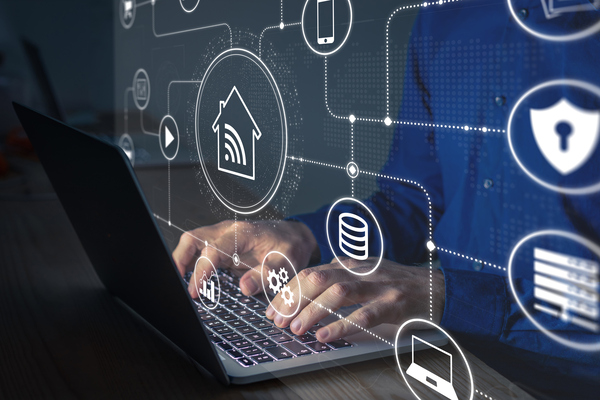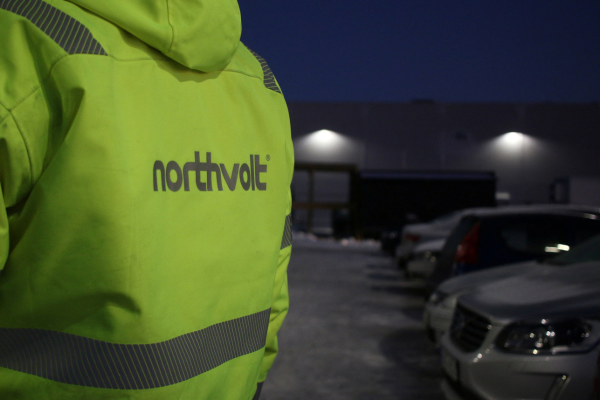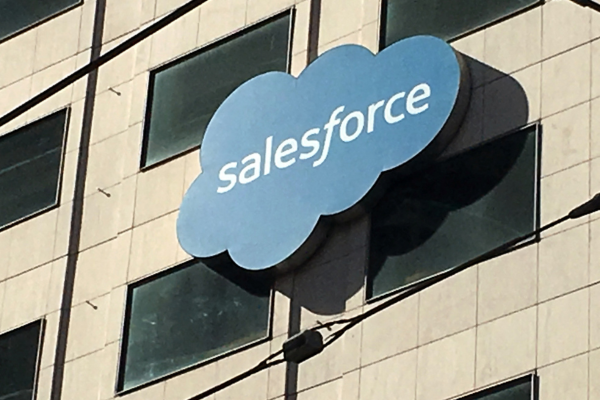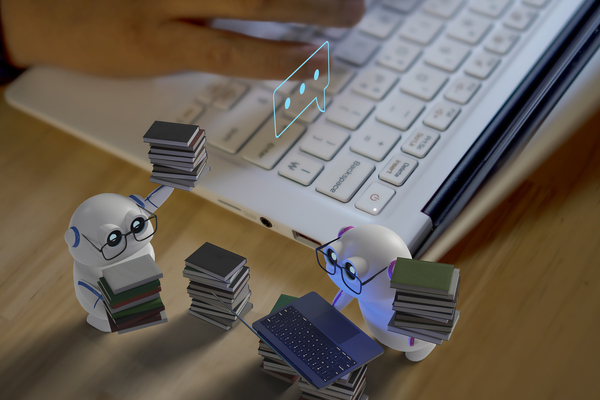Improving breakout spaces with technology
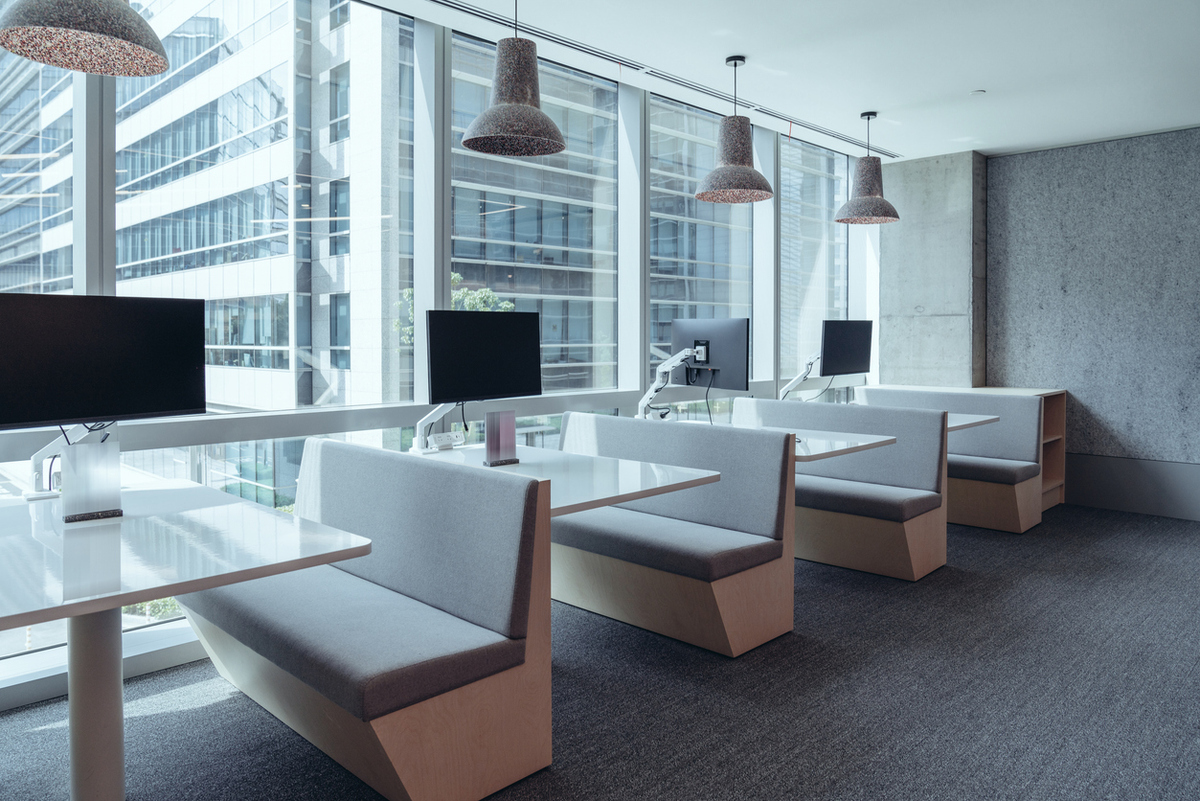
The importance of breakout spaces at work is increasingly being recognised. While digital technology companies such as Google and Facebook have long had spaces where employees can interact more informally, the benefits of huddle spots, acoustic pods and brainstorming lounges are now accepted by many organisations in the public and private sector.
Breakout spaces are important because they provide a place for more informal work discussions. With furniture and decor that is often unconventional, and arguably sometimes child-like, they are designed to be places where hierarchies can seem less important and left-field thinking can seem more acceptable. As such, they facilitate creative thinking and innovation.
Placed apart from main work areas, they have other uses too. They can act as spaces for relaxation and work breaks. Sometimes they can be used by people who need to get away for a few moments to de-stress. They can double up as meeting rooms or, depending on their design, for private conversations and phone calls. They can even be used as community areas where non-work activities, such as yoga classes, board games or just socialising after the working day, are located.
A breakout area can simply be a room with a coffee machine. But clever use of technology can significantly enhance these spaces, creating environments that foster productivity, creativity and team bonding.
Collaboration tools
Many formal meeting rooms will have smartboards that help teams to solve problems together, visualise new ideas and save and share outputs. Informal breakout spaces can also be equipped with this type of technology, but they are also likely to be spaces where more advanced collaboration tools such as Miro and Canva are acceptable.
Where team members are unfamiliar with this way of working, experimenting in the less rigid environment of a breakout room can seem more game-like, and mistakes more easily labelled as learning opportunities rather than failures. Unfamiliar technology, such as smart glasses for augmented reality or even virtual reality headsets, will be more quickly accepted in the “alternative” atmosphere of a breakout space.
Interactive technology corners
Setting up a technology corner in a breakout space is an excellent way of demonstrating your organisation’s commitment to keeping up with technology developments.
If your organisation wants to trial an emerging or high-end interactive technology for commercial reasons, then a breakout space may be the best place to keep the equipment. It’s a place where employees can feel relaxed and guilt-free about trialling technologies such as virtual reality, AI generated video or haptic suits, and sharing their thoughts and experiences. This feedback, gained in an informal setting, can deliver honest insights about the technology’s benefits and the additional functionalities needed to improve it.
Interactive technology doesn’t just need to relate to directly commercial activities, however. Setting up areas with interactive music creation systems or digital art stations gives employees an opportunity to tap into their artistic side for stress relief and creative stimulation. These stations can have smart integration for sharing these creative ideas within the workplace’s collaboration system. Gamification elements could be included to encourage team bonding with games that build problem-solving skills.
Increasing productivity
Where breakout areas are being used for work purposes, they can use sensory technology to increase productivity.
Visual senses can be enhanced with smart lighting systems that adjust based on the time of day or activity: these can help set the right ambience for discussions, with soft, warm lights for creativity or brighter lights for active collaboration. Noise-cancelling technology can help minimise external distractions (especially important in open-plan spaces) while still enabling casual interaction within the breakout space. And temperature can be adjusted depending on whether relaxation or focus is required.
Even the furniture can be equipped with technology designed to increase productivity. Sleepiness can be detected, for example, and countered with automatic changes in positioning. And poor posture can be identified by movement patterns and countered in the same way. For example, chairs equipped with AI might adjust their height or angle throughout the day, encouraging users to change positions and reduce the risk of strain.
Over time, the individual requirements of different employees can be evaluated and seating can adapt to their specific requirements throughout the day.
Wellness technology
Breakout rooms are frequently used for relaxation and de-stressing. Technology also has a role when they are being used in this way.
Spaces equipped with mood-enhancing lighting, soothing music or guided meditation apps can help employees take mindful breaks. When rejuvenated, they return to work more focused.
Biofeedback could also be offered through sensors integrated into seats and cameras. This can allow employees to track their relaxation levels and their physical and mental states, promoting better self-awareness or simply reminding people to stretch or hydrate. Mental wellness apps embedded into the breakout areas can provide personalised relaxation exercises, breathing techniques or even cognitive games to stimulate alertness, an analytical frame of mind, or creativity.
And, with appropriate permission, it can even be used to provide proactive support to employees who may be unwell.
A more attractive work environment
There are of course many reasons why employees often prefer to work from home rather than in an office. And there are many reasons why employers want to encourage them back to the office, at least for part of the week. Setting up breakout spaces equipped with advanced technology will be a key part of any strategy to attract people back to the office.
Whether the workplace is a factory, an office or a professional environment such as a hospital or school, technology-enabled breakout spaces will have an increasingly important part to play in strengthening productivity, while at the same time bolstering the mental health of people at work.

Jeremy Swinfen-Green
Most Viewed
Winston House, 3rd Floor, Units 306-309, 2-4 Dollis Park, London, N3 1HF
23-29 Hendon Lane, London, N3 1RT
020 8349 4363
© 2025, Lyonsdown Limited. Business Reporter® is a registered trademark of Lyonsdown Ltd. VAT registration number: 830519543
